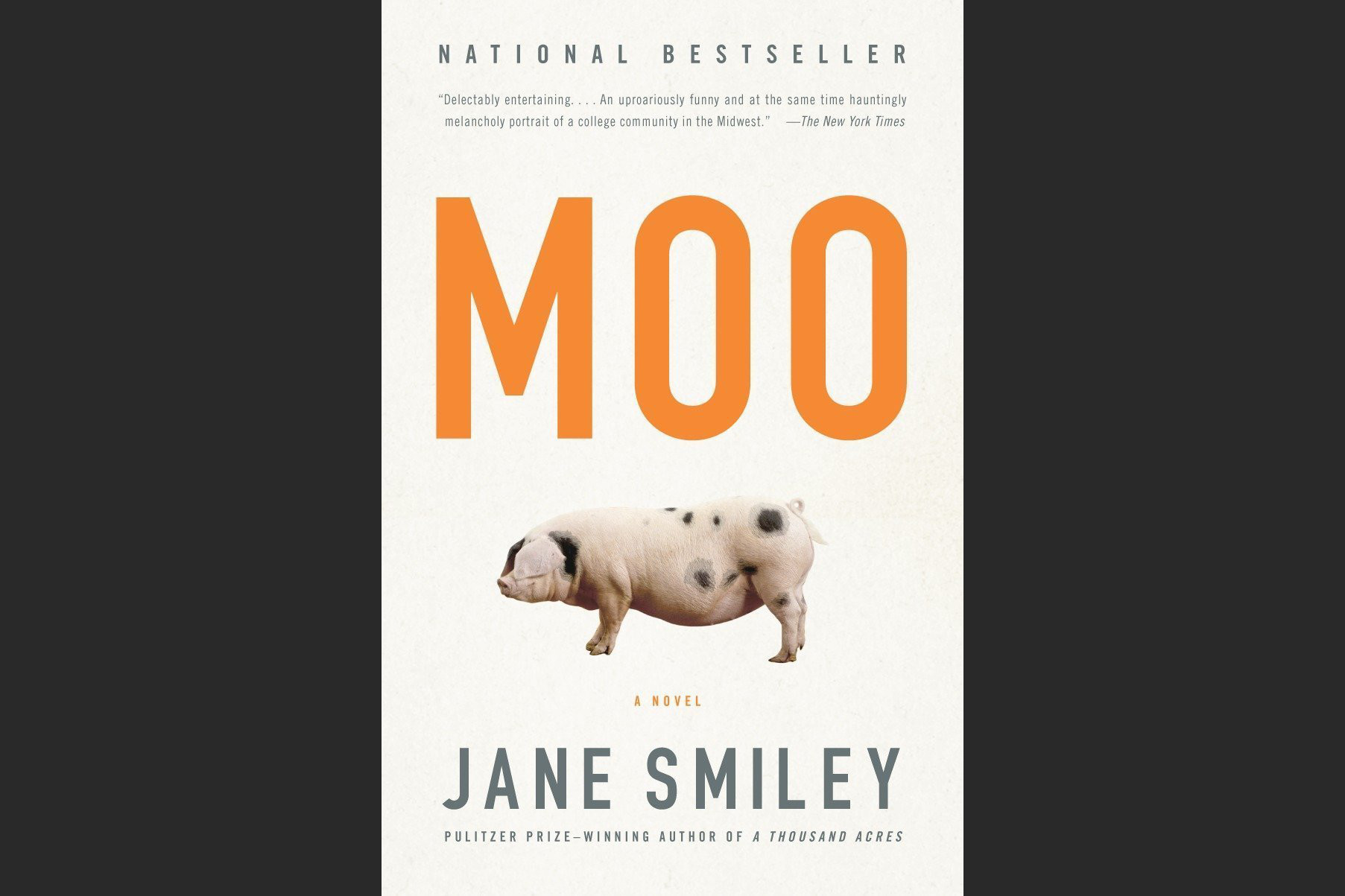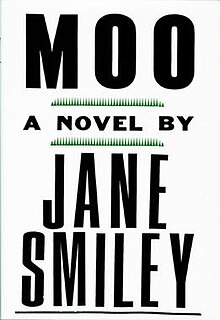Reference




OpenAI's Answer
Jane Smiley uses satire in her novel "Moo" to critique higher education institutions by creating a fictional representation of a Midwestern agricultural college, referred to as "Moo U." The novel employs a sprawling narrative style, following the lives of numerous characters over an academic year, to highlight the absurdities and complexities within the university system.
-
Character and Plot: Smiley populates her novel with a diverse cast of characters, each representing different facets of university life, from administrators and faculty to students and staff. Through these characters, she explores themes such as bureaucracy, academic politics, and the often conflicting interests of education and business.
-
Themes and Critique: The satire in "Moo" is gentle yet incisive, focusing on the inefficiencies and contradictions within the academic world. Smiley critiques the commercialization of education, the influence of corporate interests, and the sometimes superficial nature of academic pursuits. Her portrayal of the university as a microcosm of society allows her to address broader social issues through the lens of higher education.
-
Humor and Style: Smiley's use of humor is central to her satirical approach. The novel's comedic elements serve to both entertain and provoke thought, encouraging readers to reflect on the real-world implications of the issues she presents.
For more detailed insights, you can refer to the following sources:
Here is an image of the book cover for "Moo" by Jane Smiley:

Follow Up
Related
What was the nature of David Dawson's critique of thematic criticism?
How does Davey use language to critique societal norms in Poems Suitable to Current Material Conditi
Why does Wahlberg critique the evolutionary theodicies regarding type-values?
What are the key points of Thomas F. Tracy's critique of evolutionary theodicy?
What was the impact of David Dawson's critique 'Surviving the Paraphrase'?